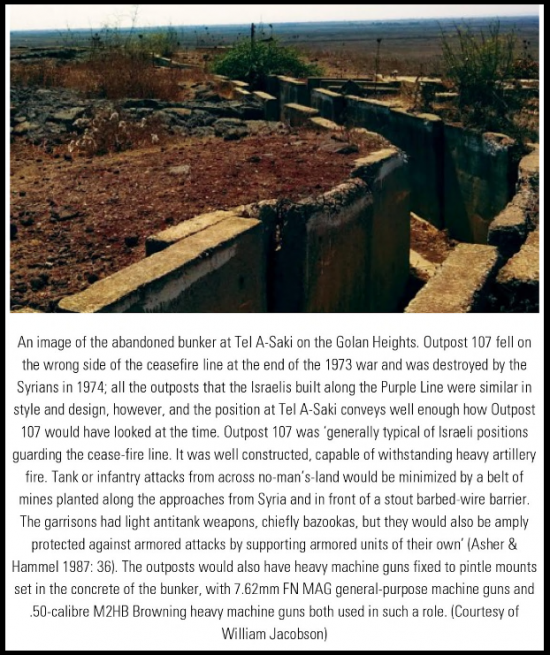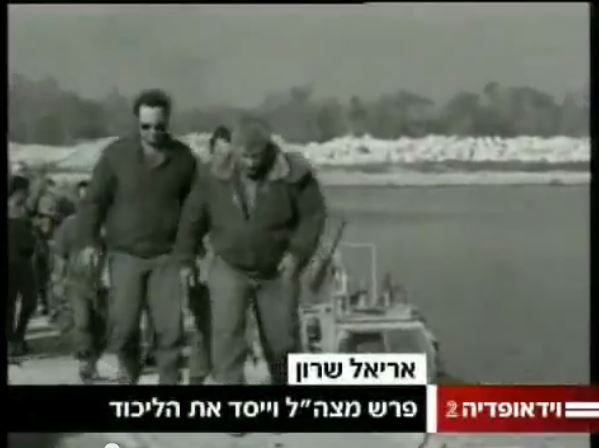Yom Kippur War: This day in 1973 Arab armies invaded and almost destroyed Israel
Land and strategic depth still matter in a region falling apart and fueled by Jew hatred.

October 6, 1973, was Yom Kippur (in the Hebrew calendar). As most Israeli Jews were attending services or otherwise observing the most holy day in Judaism, there was a surprise attack by Egyptian and Syrian armed forces.
As I related in an earlier post:
There are certain events when you just remember exactly where you were when you heard the news.
I was on stage for a third-grade practice of a school play when a teacher walked into the room (the gym, which also was the school theater and lunch room) and told everyone that Martin Luther King, Jr. had been killed. We were sent home early.
I was at my desk using AOL to access the internet (!) when early reports came in of a “small plane” hitting the World Trade Center. And you know the rest.
And on October 6, 1973, I woke up expecting to go to Temple for the Yom Kippur holiday. I turned on my clock radio, the old style that had the metal flaps that flipped to change the time. And I heard that Israel had been invaded in what would become known as the Yom Kippur War. The rest of the day is a blur, I don’t even remember if we went to Temple. I remember the feeling of helplessness, and the near panic in the community because there was nothing we could do.
The situation was dire at the start, and there were fierce battles along the Suez Canal and the Golan Heights. I recounted some of that history along the Golan Heights after I visited two of the sites of some of the largest tank battles ever, Tel Saki and the Valley of Tears:
The Heights of Courage (available for free online) by Avigdor Kahalani tells the story of the battle of the Valley of Tears from the view of a participant. The battle also is the focus of the Prologue to Tom Clancy’s The Sum of All Fears:
At the end of this day the troopers of the Barak and the 7th heard over their unit radio nets a message from Israeli Defense Forces High Command.
YOU HAVE SAVED THE PEOPLE OF ISRAEL.
And so they had. Yet outside Israel, except for schools in which men learn the profession of arms, this epic battle is strangely unremembered. As in the Six Day War of 1967, the more freewheeling operations in the Sinai were the ones that attracted the excitement and admiration of the world: bridging the Suez, the Battle of the ‘Chinese’ Farm, the encirclement of the Egyptian 3rd Army – this despite the fearful implications of the Golan fighting, which was far closer to home. Still, the survivors of those two brigades knew what they had done, and their officers could revel in the knowledge that among professional soldiers who know the measure of skill and courage that such a stand entails, their Battle for the Heights would be remembered with Thermopylae, Bastogne and Gloucester Hill.
![[Valley of Tears Monument - Golan Heights - Israeli and Syrian Tanks][Photo by William Jacobson]](https://c3.legalinsurrection.com/wp-content/uploads/2013/07/Valley-of-Tears-Monument-Golan-Heights-Israeli-and-Syrian-Tanks.png)
[Valley of Tears Monument – Golan Heights – Israeli and Syrian Tanks][Photo by William Jacobson]

I never visited the battle sites in the Sinai, though I did visit the Sinai before it was handed back to Egypt as part of the peace treaty. I recounted some of the battles in the Sinai in my post about the death of Ariel Sharon:
Ariel Sharon has died, after almost 8 years in a coma.
He led a life that was complicated, and defined by the insatiable Arab desire to destroy Israel.
Sharon, among many others, didn’t let it happen, and in the course of defending Israel made some errors of judgment that are easy for historians and politicians to criticize with the benefit of hindsight.
Sharon’s crossing of the Suez canal during the 1973 War to trap the Egyptian Third Army is legendary.

(Ariel Sharon at Suez Canal 1973)(Source: http://youtu.be/QaG-s-jHiUo)
It’s important to remember the Yom Kippur War not just for the war and the deaths. But also for the fact that land matters, and strategic depth matters, in a region falling apart and still fueled by Jew hatred.
[Featured Image: Tel Saki Battle Monument to Fallen Soldiers, photo by William Jacobson]
 DONATE
DONATE
Donations tax deductible
to the full extent allowed by law.









Comments
Professor, I wouldn’t use the word “strategic” but rather “defense in depth.” But what came close to destroying Israel had less to do with that and everything to do with the IDF’s massive intelligence failures.
Much academic ink has been spilled on the topic but ithe history also contains a universal moral: in deadly neighborhoods complacency kills.
Divine intervention?
DJAH: Yes, G-d, through General Ariel Sharon
That just may well be as satisfactory answer as any.